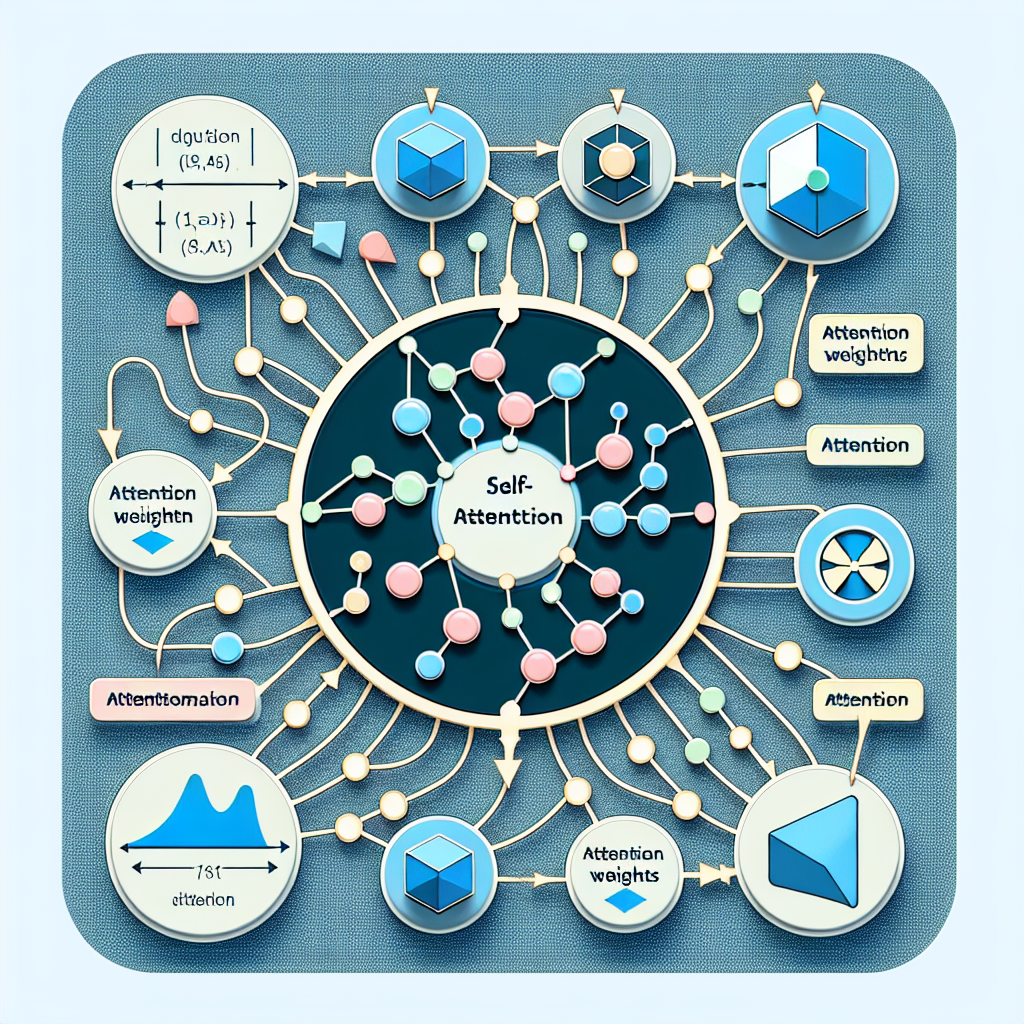Correlation vs Covariance
Correlation and covariance are essential statistical measures used to analyze the relationship between two variables. While both provide insights into variable associations, they differ in terms of scale and interpretability. Covariance quantifies how two variables change together, but its magnitude depends on the units of measurement, making comparisons across datasets challenging. Correlation, on the other hand, standardizes this relationship, yielding values between -1 and 1, which allows for easier interpretation regardless of the units used.
Table of Contents
- Correlation: Definition and Calculation
- Covariance: Definition and Calculation
- Significance of Correlation and Covariance
- Applications of Correlation and Covariance
- Key Differences Between Correlation and Covariance
- Implementation in Python
- Conclusion
Correlation
Definition
Correlation is a statistical measure that indicates the strength and direction of the relationship between two variables. It determines how changes in one variable correspond to changes in another. Correlation values range between -1 and 1:
- 1 → Perfect positive correlation (both variables increase together).
- -1 → Perfect negative correlation (one variable increases while the other decreases).
- 0 → No correlation (no relationship between the variables).
Formula for Pearson’s Correlation Coefficient
The Pearson correlation coefficient (𝑟) is given by:

Where,
- Xi and Yi are two individual values of two variables.
- ̅x and ̅y are the means of the respective variables.
Example Calculation of Pearson’s Correlation Coefficient
Consider two datasets:
X=[1,2,3,4,5]
Y=[2,4,5,4,5]
Step 1: Compute the Means
The mean of X is calculated as:
![]()
The mean of Y is calculated as:
![]()
Step 2: Compute Deviations from the Mean
Subtract the mean from each value:
![]()
![]()
Step 3: Compute the Sum of the Products of Deviations
![]()
Step 4: Compute the Sum of Squared Deviations
For X:
![]()
For Y:
![]()
Step 5: Compute the Correlation Coefficient

Thus, the correlation coefficient is approximately 0.774, indicating a moderate positive correlation between the variables.
Definition
Covariance is a statistical metric that quantifies the extent to which two variables fluctuate together. Unlike correlation, covariance is not standardized, meaning its value depends on the units of measurement of the variables. It helps determine whether an increase in one variable corresponds to an increase or decrease in the other.
- Positive Covariance: If one variable increases, the other also tends to increase.
- Negative Covariance: If one variable increases, the other tends to decrease.
- Zero Covariance: Indicates no clear relationship between the variables.
Formula for Covariance
The covariance between two variables X and Y is given by:
![]()
where:
- Xi,Yi are the individual data points,
- Xˉ,Yˉ are the means of X and Y,
- n is the number of observations.
Example
Consider two variables:
- X = [1,2,3,4,5]
- Y = [2,4,5,4,5]
Calculate the mean of 𝑋and 𝑌,
X ̅ =  = 3
= 3
Y̅ =  = 4
= 4
Now, Subtract the mean from each value
X - X ̅ = [-2,-1,0,1,2]
Y – Y̅ = [-2.0,1,0,1]
Multiply the deviations of corresponding X and Y values and sum them,
(−2×−2)+(−1×0)+(0×1)+(1×0)+(2×1) = 4+0+0+0+2 = 6
Now,
Cov(X,Y) = 6/5 = 1.2
The computed covariance between X and YYY is 1.2, indicating a positive relationship. This suggests that as X increases, Y also tends to increase. However, the magnitude of covariance is influenced by the scale of the variables, making it difficult to compare across different datasets.
Importance of Covariance and Correlation
- Covariance helps determine the direction of the relationship between two variables—whether they tend to increase together or move in opposite directions. However, since covariance is not standardized, its values cannot be easily compared across different datasets.
- Correlation, on the other hand, is a normalized measure that provides insights into both the strength and direction of a linear relationship between variables. Unlike covariance, correlation is unit-free, making it useful for comparing relationships across different datasets with varying scales or units.
Practical Applications
Covariance Applications
- Portfolio Management: Used in finance to analyze how two assets move together, helping in diversification and risk reduction.
- Risk Assessment: Helps evaluate the risk associated with different assets in an investment portfolio.
Correlation Applications
- Market Research: Helps businesses assess the relationship between marketing expenditures and sales performance, guiding strategy optimization.
- Healthcare: Used to analyze relationships between variables such as age and blood pressure, aiding medical research.
- Economics: Helps in studying the relationship between economic indicators like inflation and unemployment rates.
Key Differences Between Covariance and Correlation
| Aspect | Covariance | Correlation |
|---|---|---|
| Definition | Measures how two variables change together. | Measures the strength and direction of a linear relationship. |
| Scale | Depends on the units of the variables, making it difficult to interpret. | Standardized measure, unit-free, ranging from -1 to 1. |
| Range | No fixed range; values can be very large or very small. | Always between -1 and 1. |
| Interpretation | Positive: Variables move together. Negative: Variables move oppositely. | Close to +1: Strong positive relationship. Close to -1: Strong negative relationship. Close to 0: No linear relationship. |
| Standardization | Not standardized; magnitude varies with variable scales. | Standardized using standard deviations, allowing easier comparison. |
| Usefulness | Identifies relationship direction but lacks interpretability. | Clearly quantifies both relationship strength and direction. |
| Comparability | Not comparable across datasets with different units. | Easily comparable across different datasets. |
| Applications | Used in financial risk analysis to understand asset co-movement. | Used in various fields like research, market analysis, healthcare, and machine learning. |
Implementation in Python

Output:

Conclusion
Correlation and covariance are fundamental statistical measures used to analyze relationships between variables. Covariance helps determine the direction of the relationship, whereas correlation, due to its standardized nature, provides a clearer and more comparable measure of the strength and direction of the relationship. Both concepts play distinct yet complementary roles in data analysis, making them essential for extracting meaningful insights from datasets.
Featured Blogs

BCG Digital Acceleration Index

Bain’s Elements of Value Framework

McKinsey Growth Pyramid

McKinsey Digital Flywheel

McKinsey 9-Box Talent Matrix

McKinsey 7S Framework

The Psychology of Persuasion in Marketing

The Influence of Colors on Branding and Marketing Psychology

What is Marketing?
Recent Blogs

Part 8: From Blocks to Brilliance – How Transformers Became Large Language Models (LLMs) of the series - From Sequences to Sentience: Building Blocks of the Transformer Revolution

Part 7: The Power of Now – Parallel Processing in Transformers of the series - From Sequences to Sentience: Building Blocks of the Transformer Revolution

Part 6: The Eyes of the Model – Self-Attention of the series - From Sequences to Sentience: Building Blocks of the Transformer Revolution

Part 5: The Generator – Transformer Decoders of the series - From Sequences to Sentience: Building Blocks of the Transformer Revolution

Part 4: The Comprehender – Transformer Encoders of the series - From Sequences to Sentience: Building Blocks of the Transformer Revolution of the series - From Sequences to Sentience: Building Blocks of the Transformer Revolution


